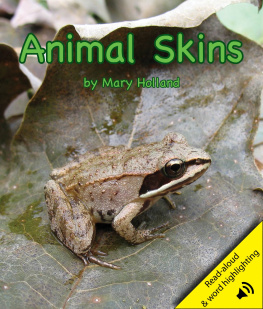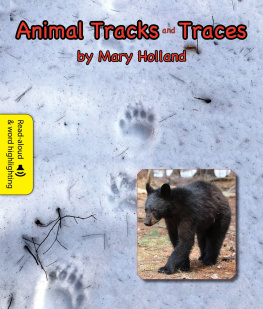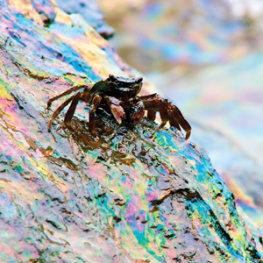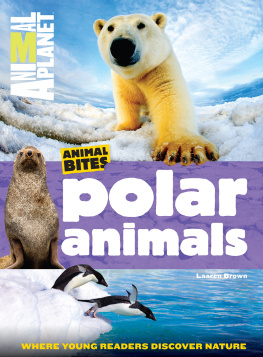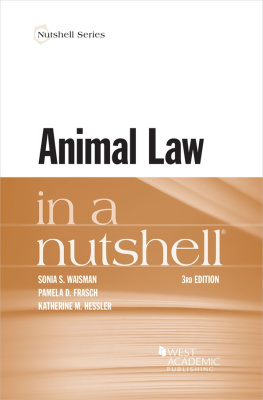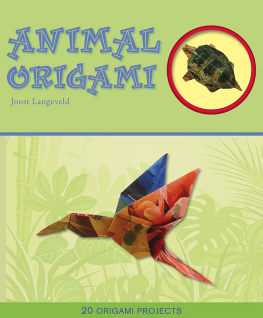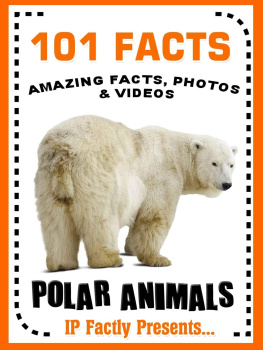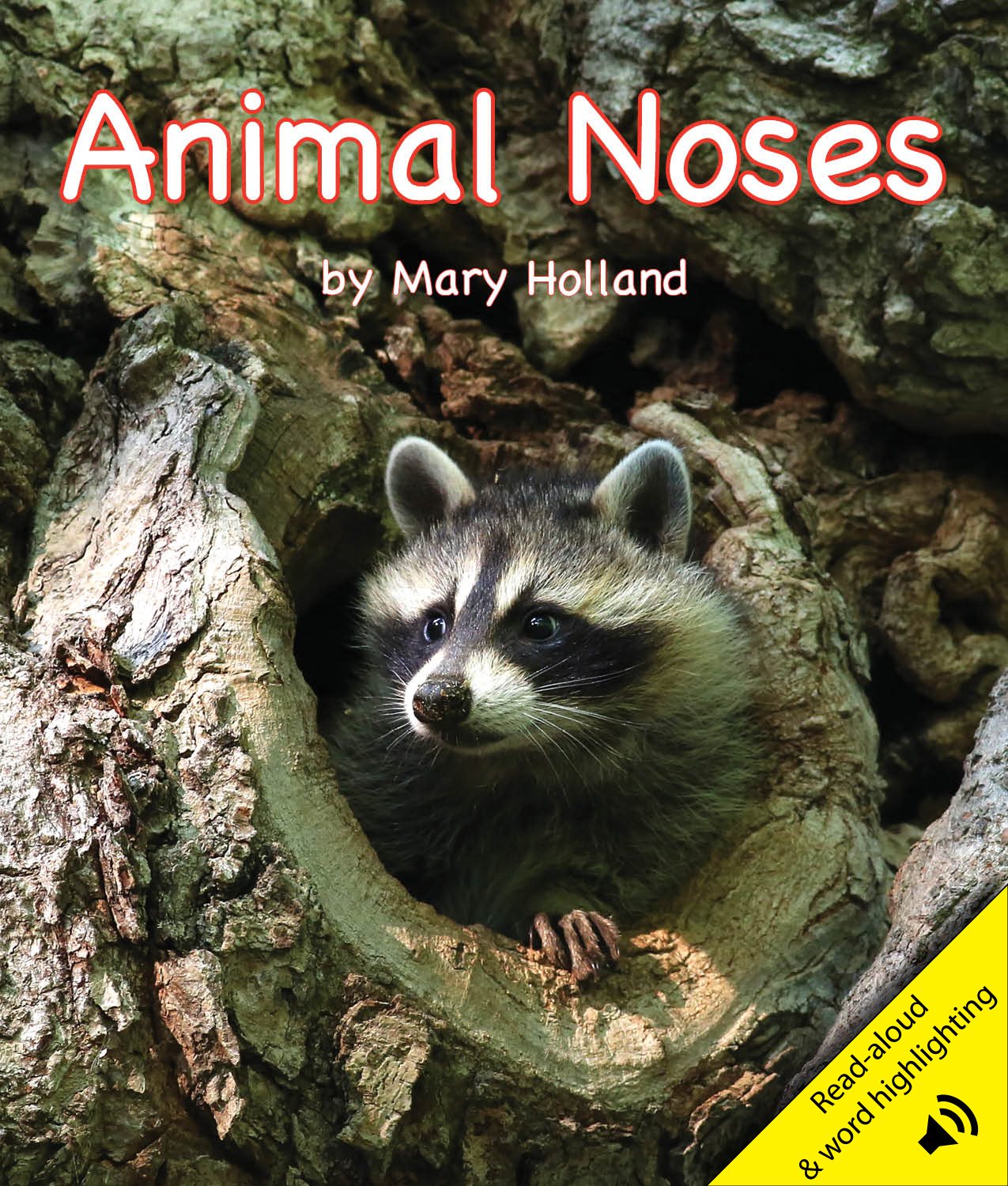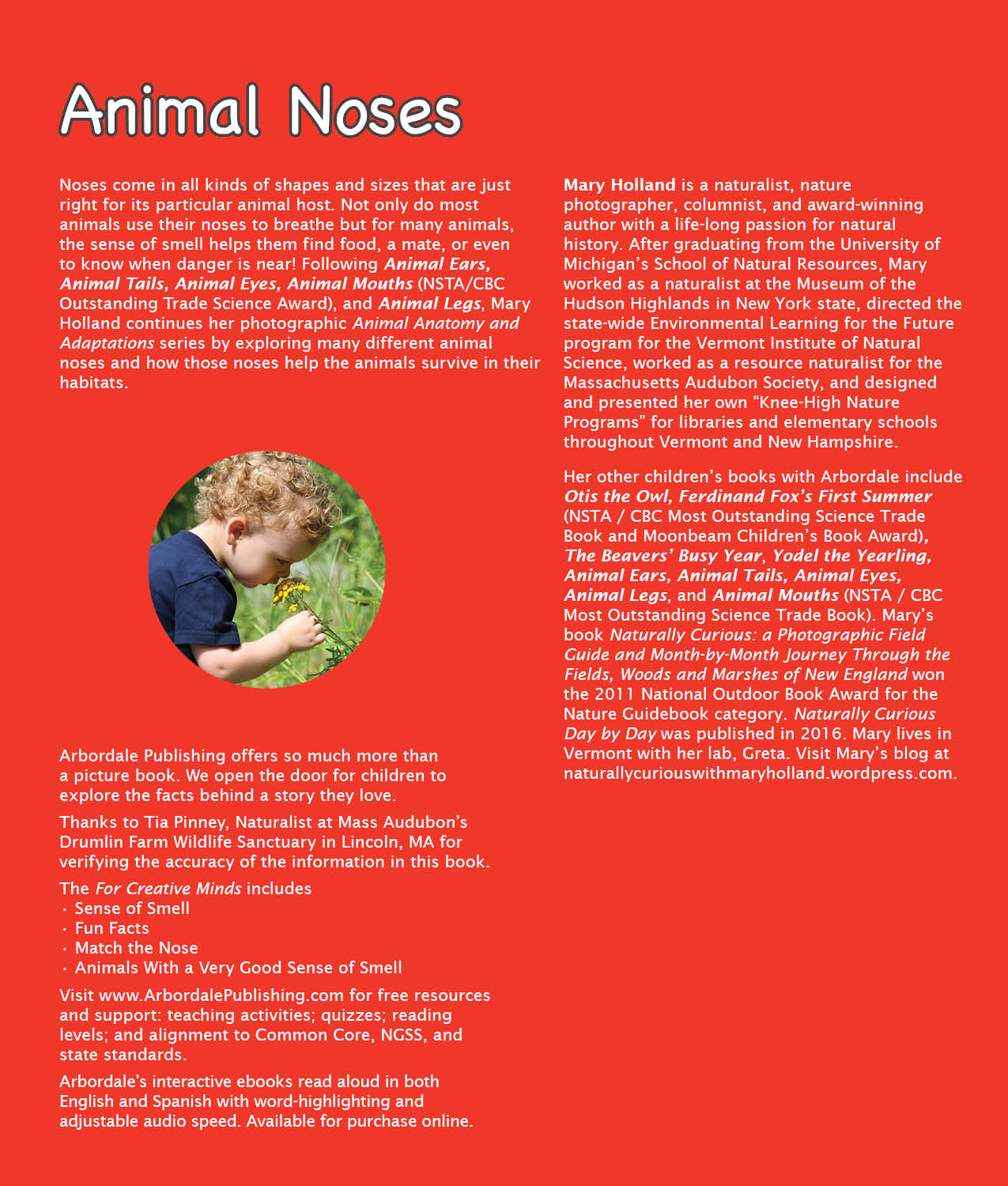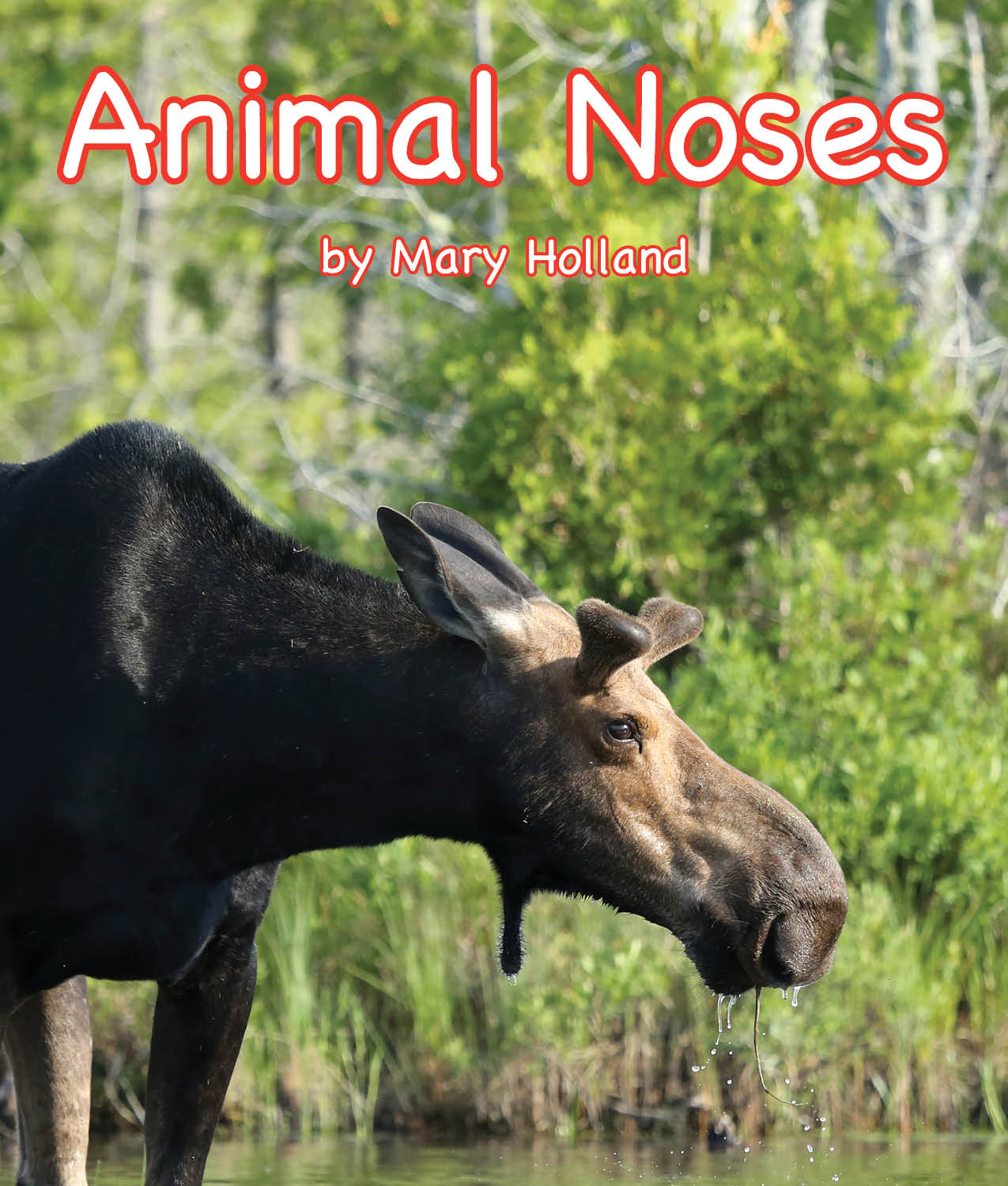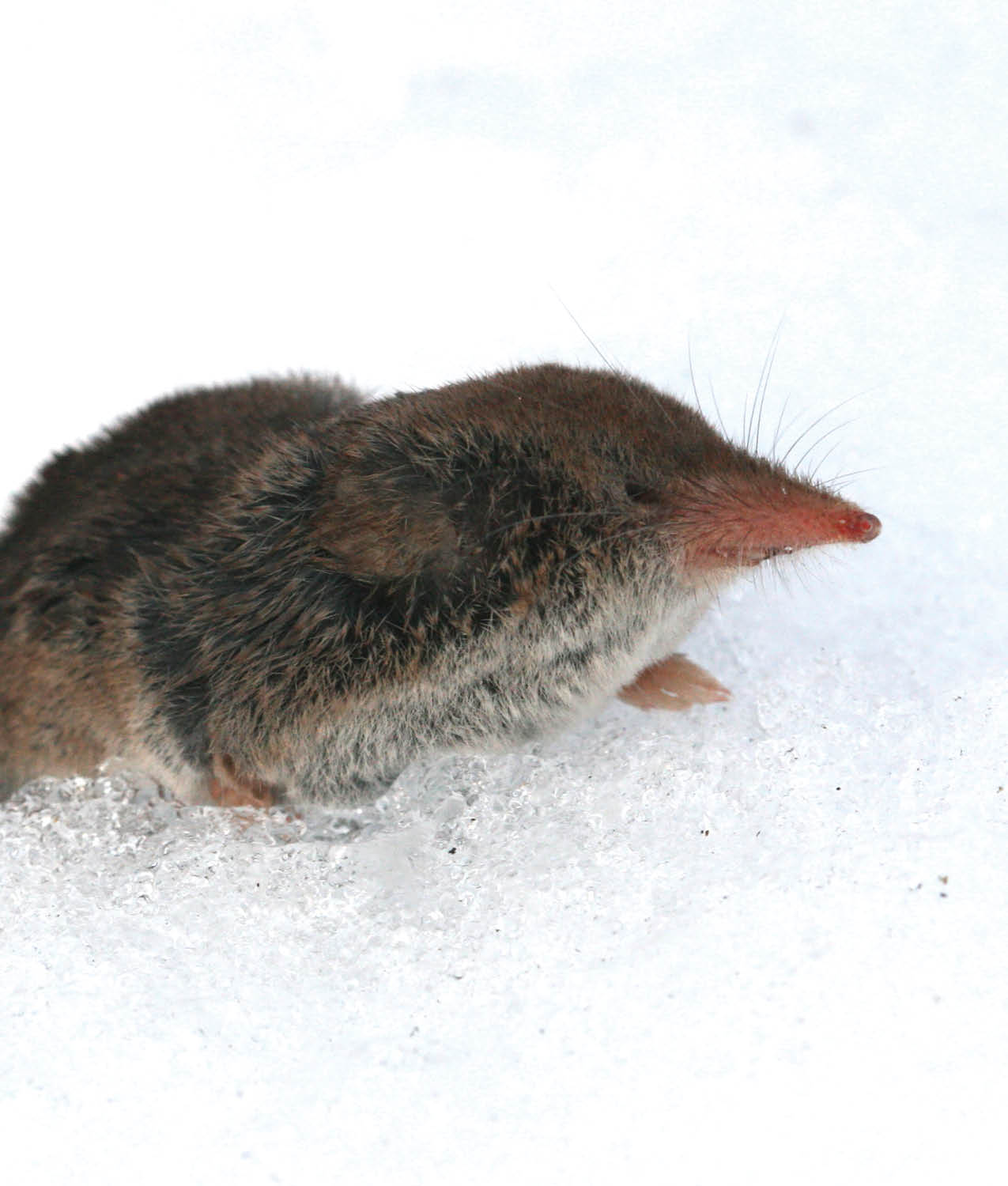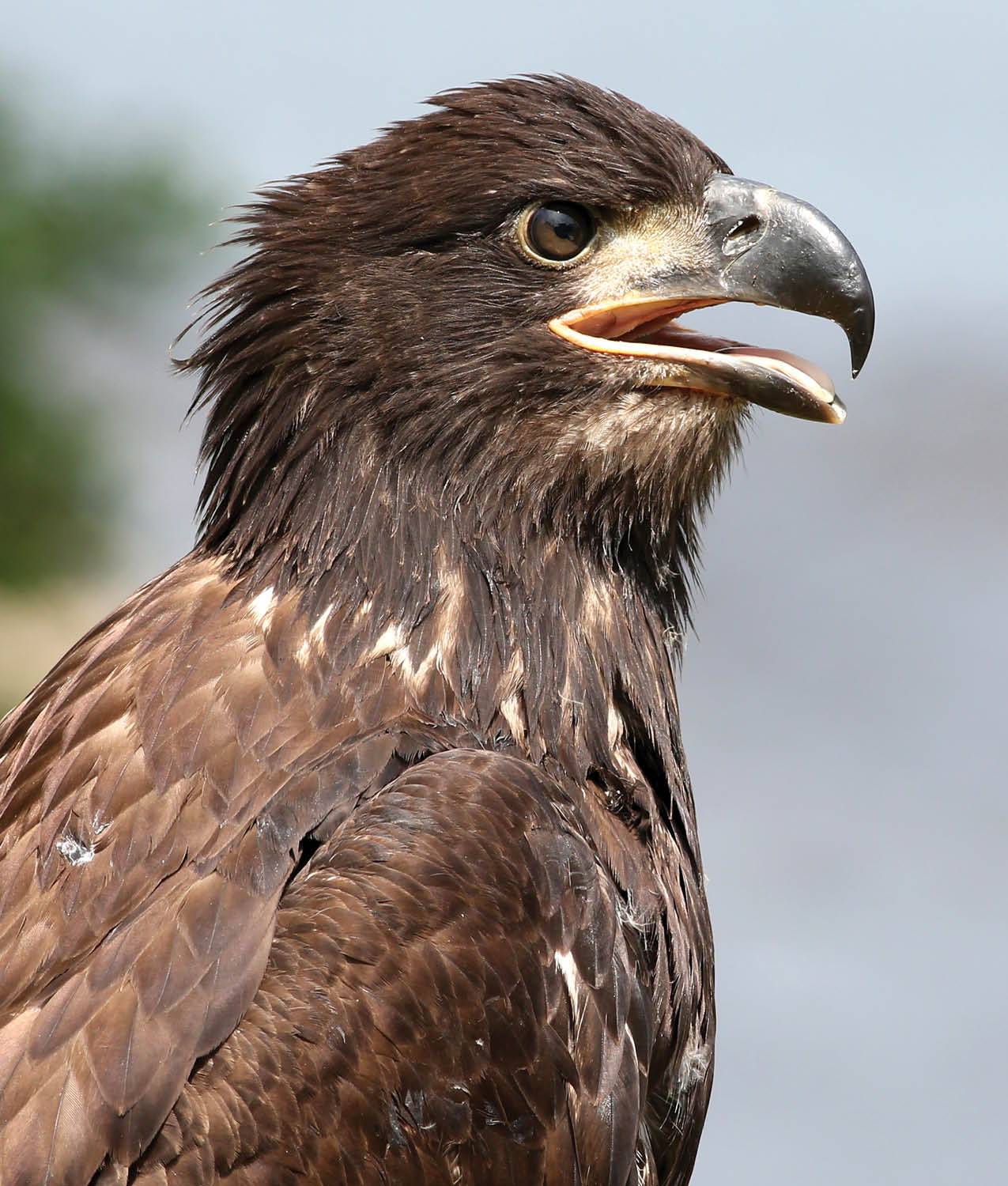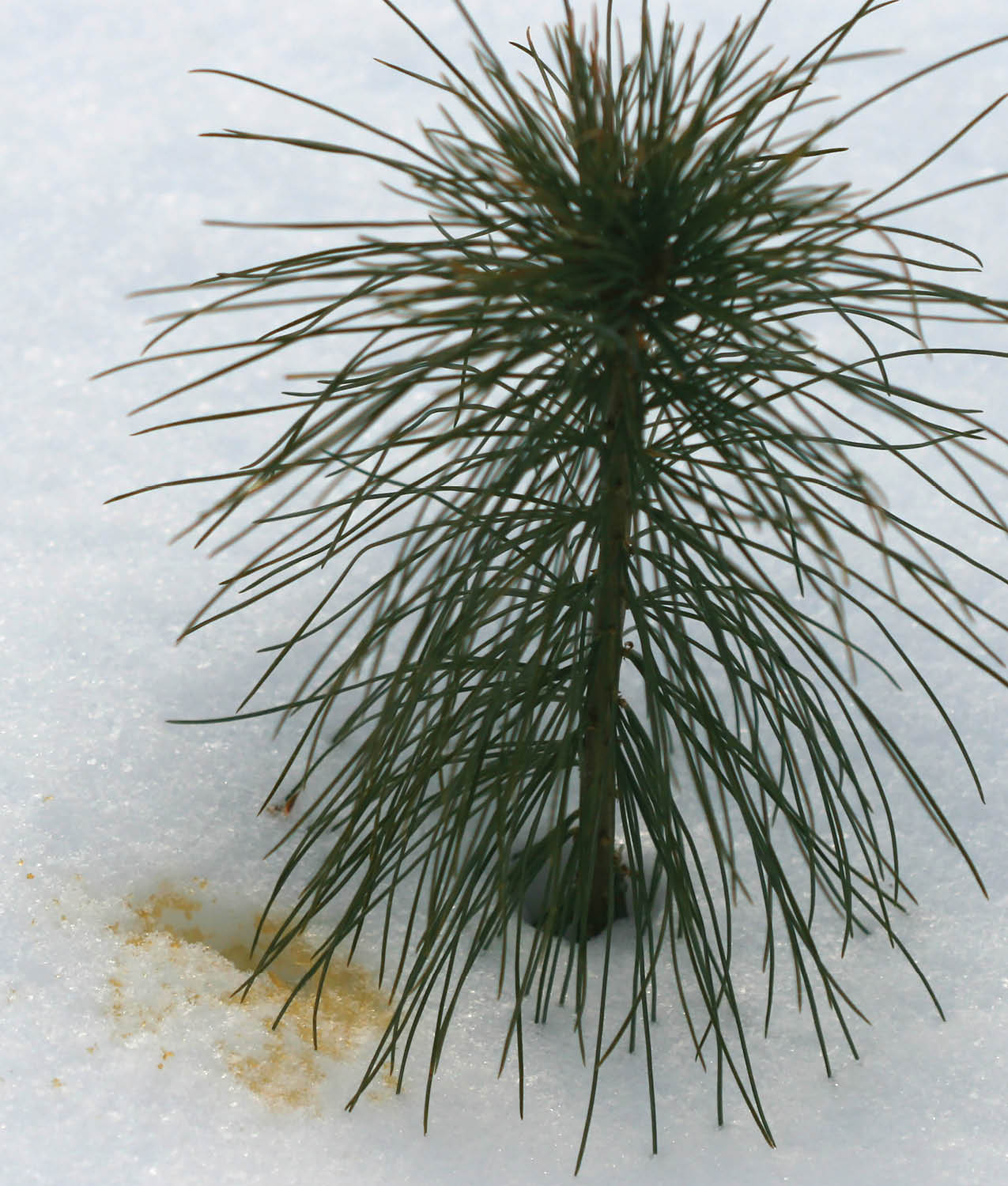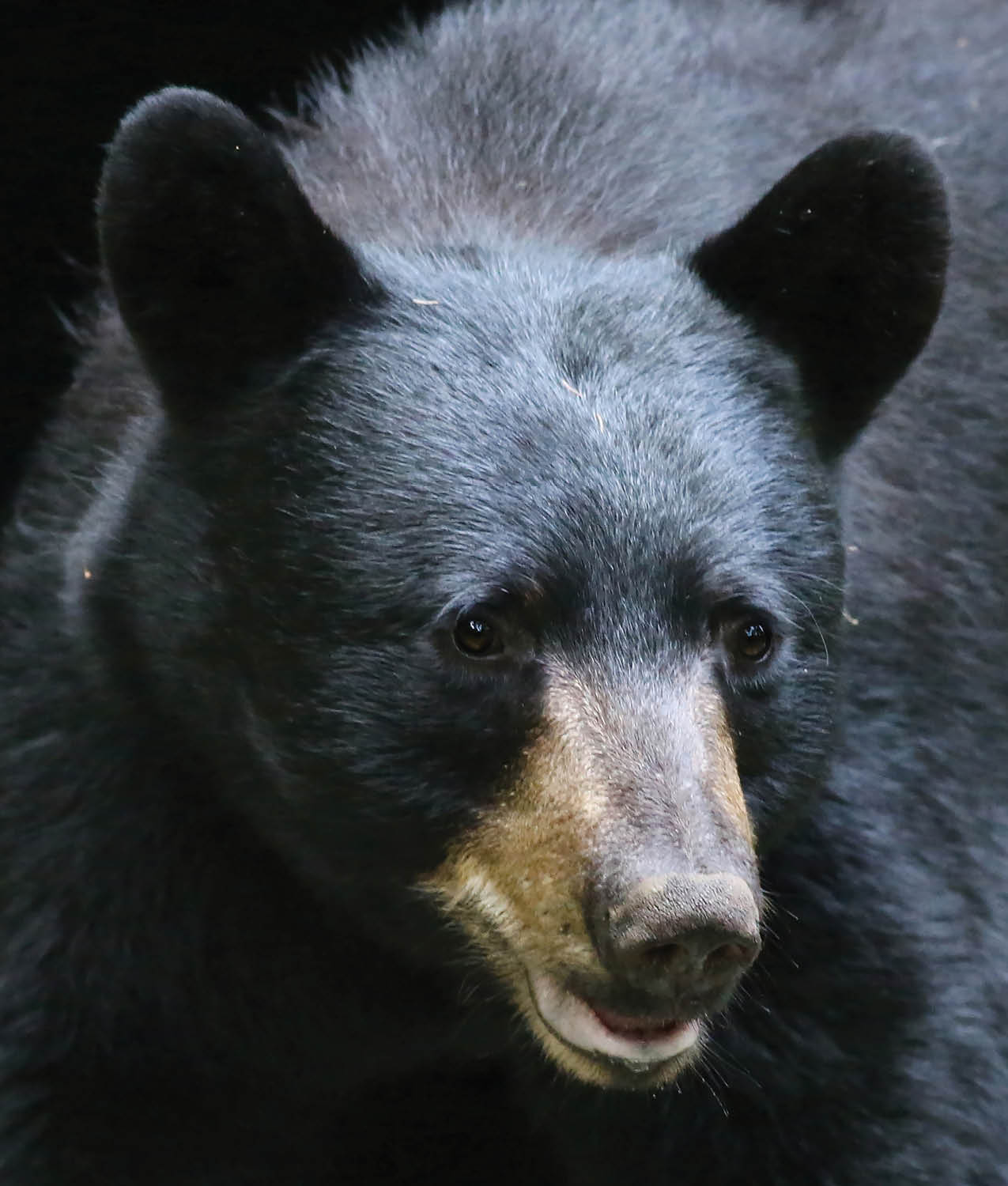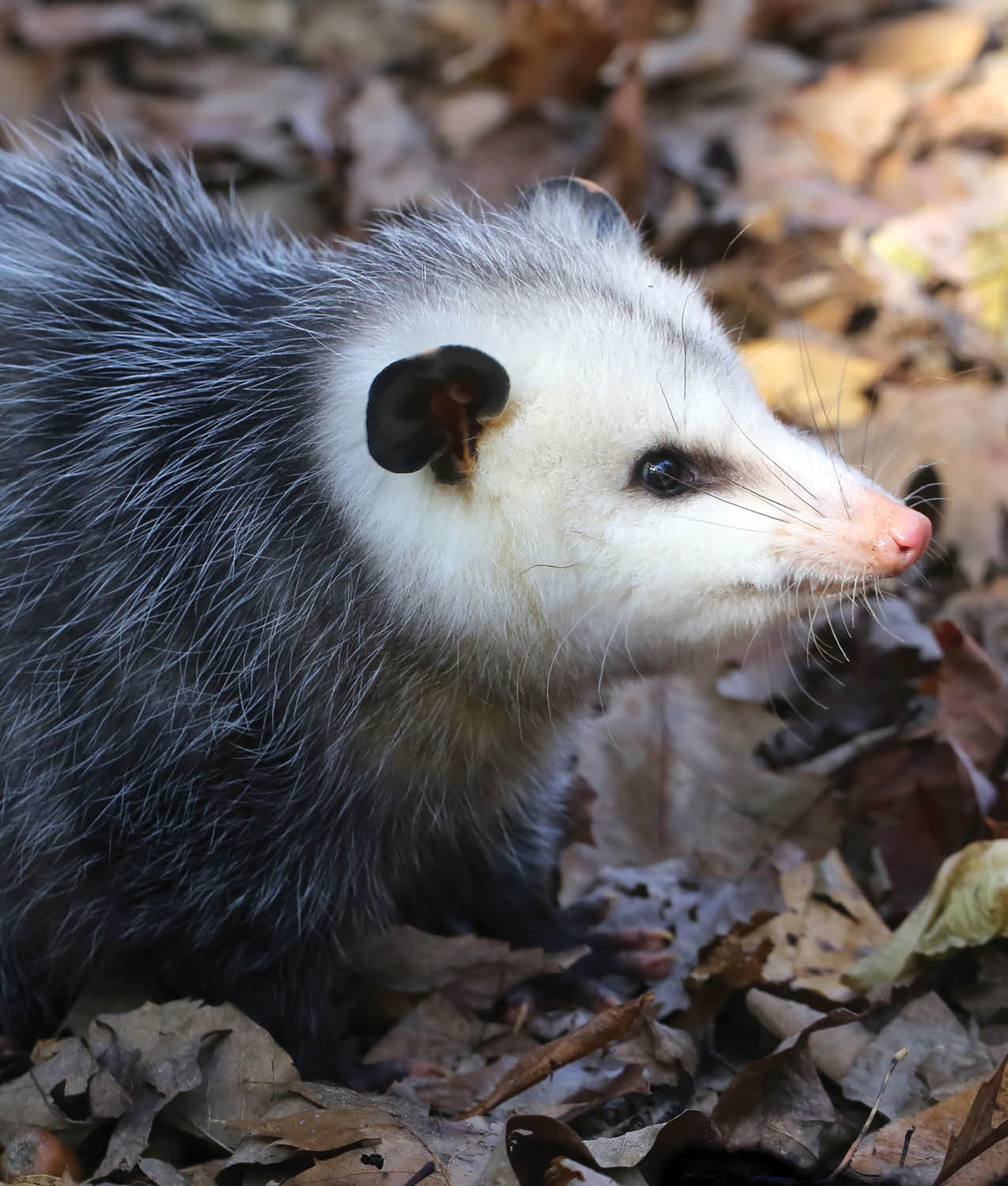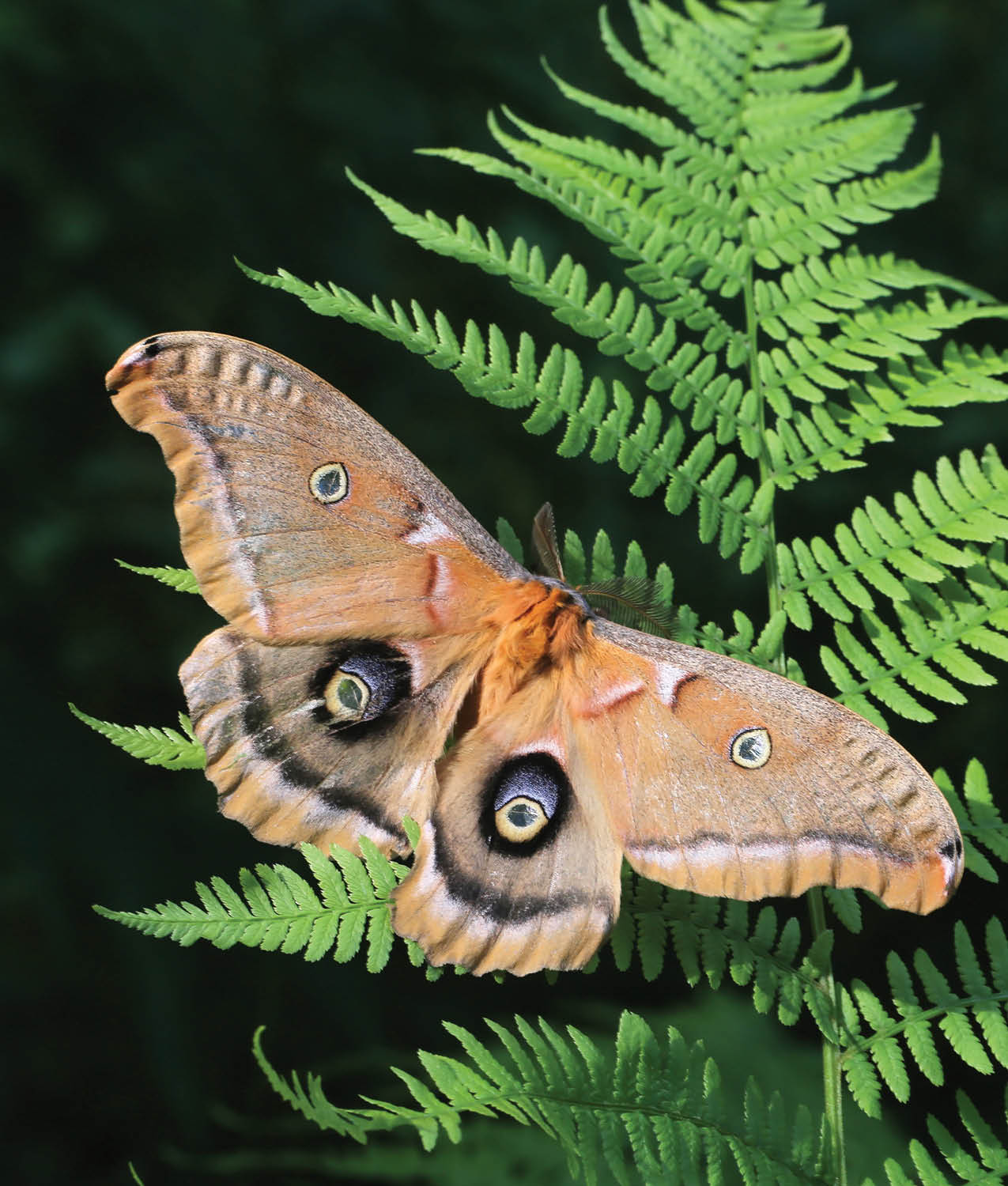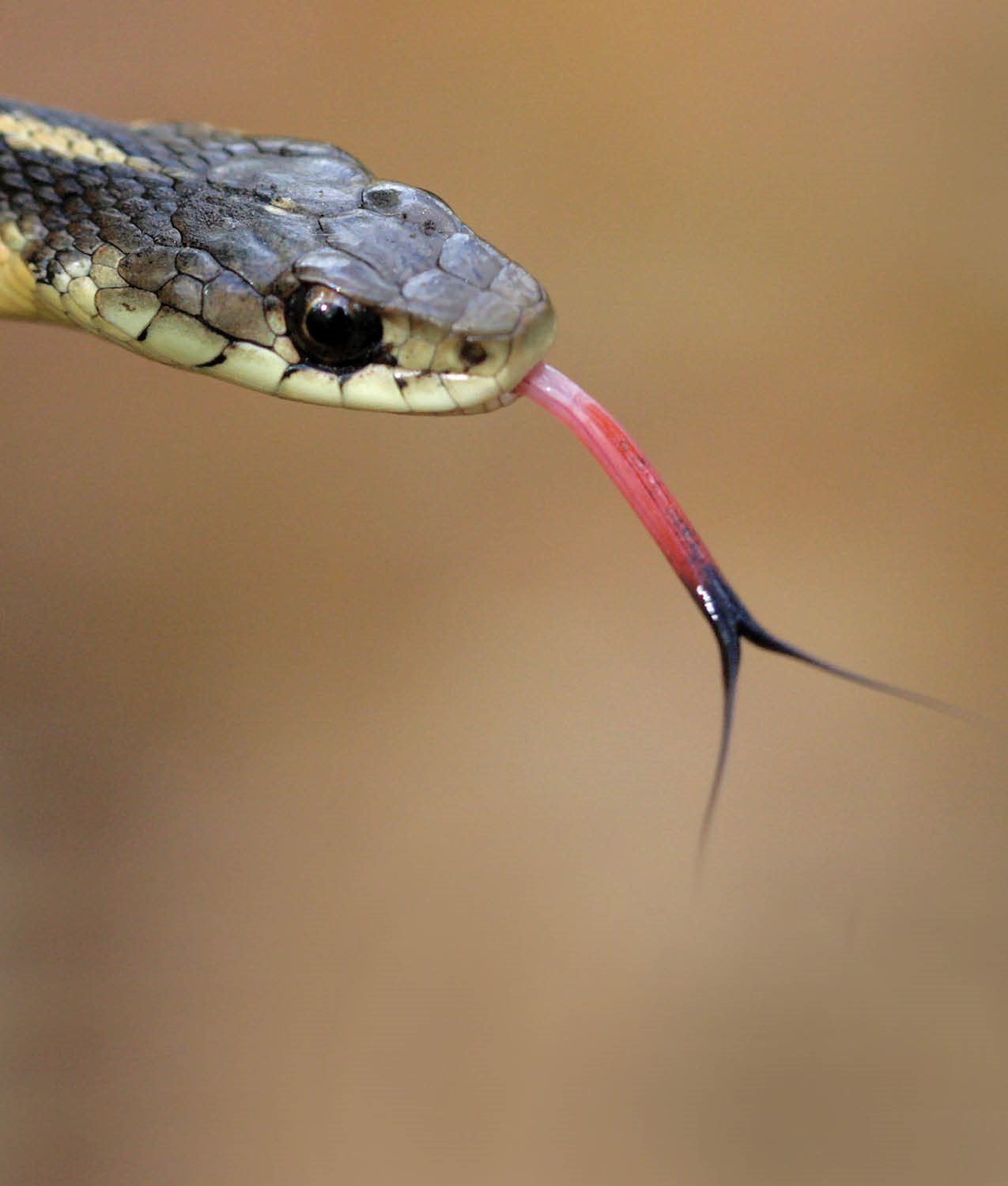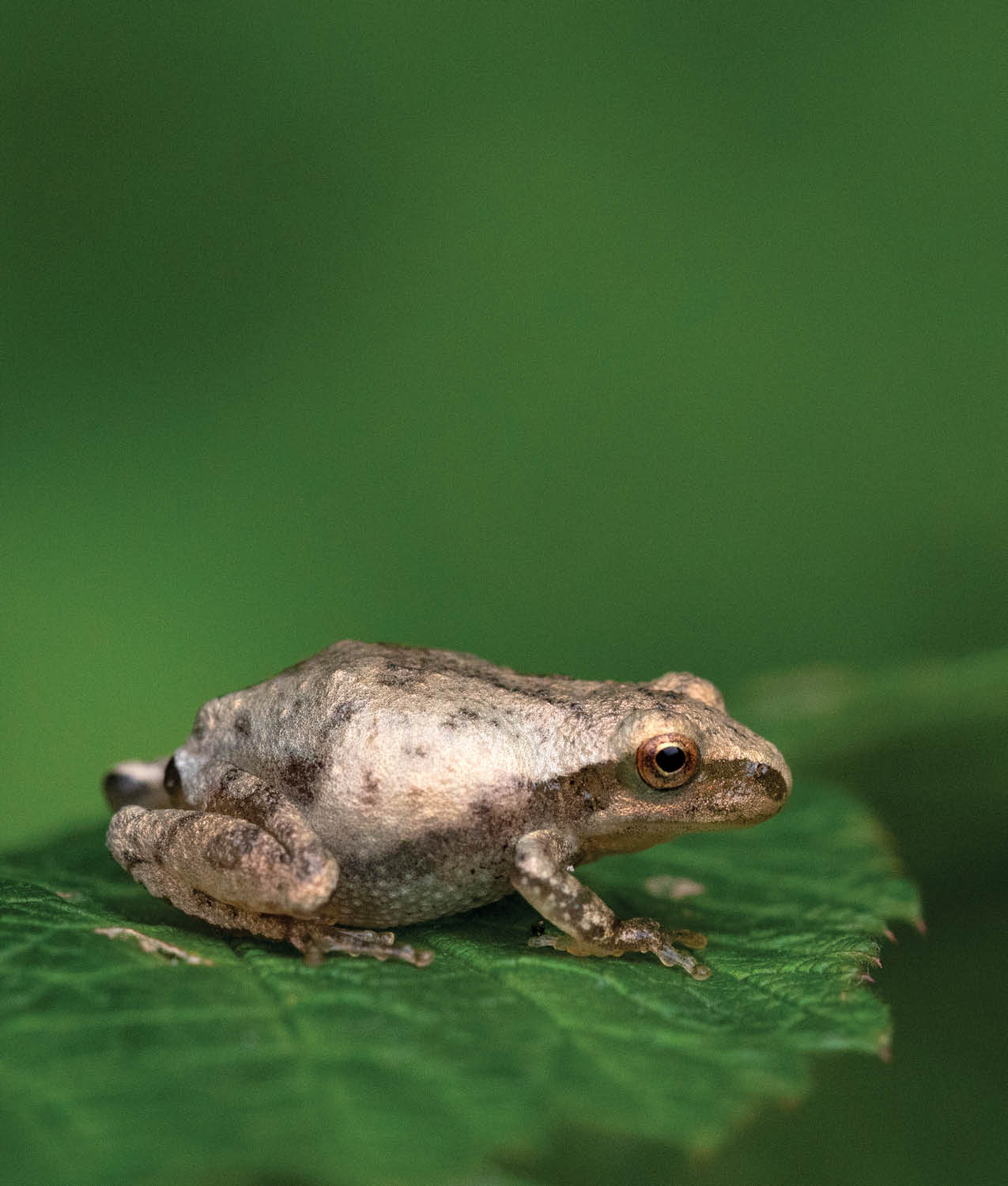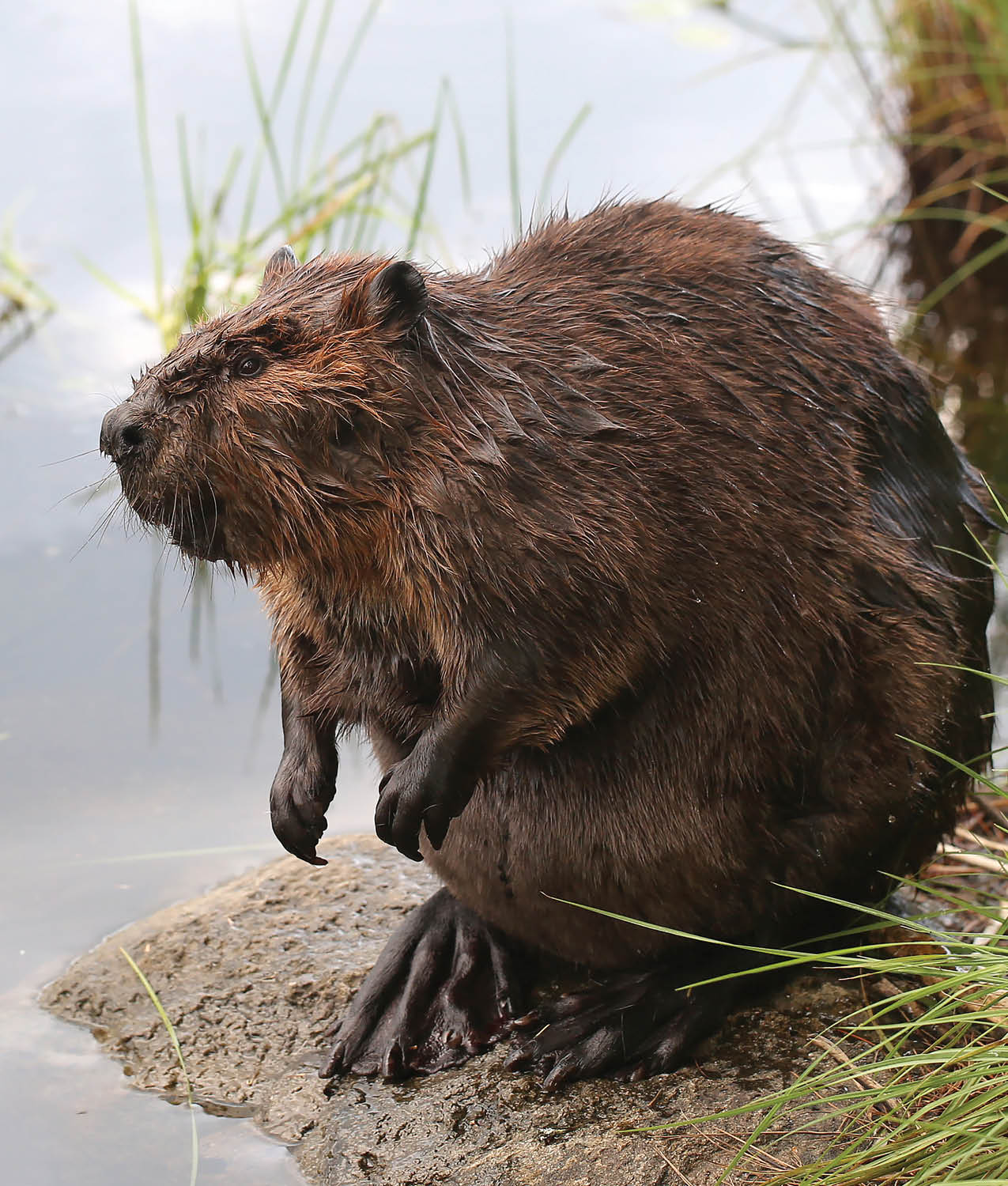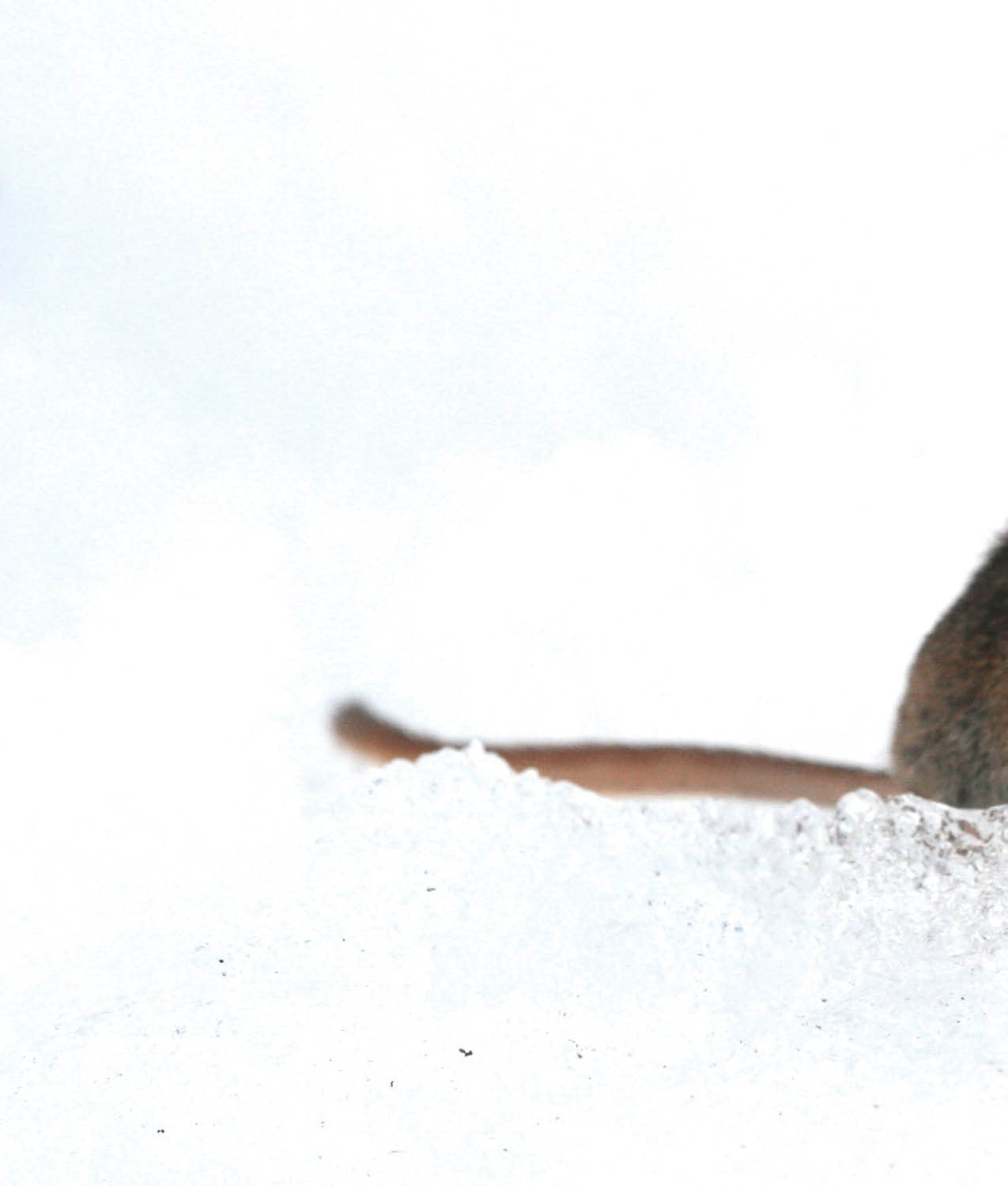
Noses come in all kinds of shapes and sizes . Some are pointed , some are flat . Some are tiny and some are huge . Some are wet and some are dry . Most noses help animals do two things : breathe and smell . Many animals , like this shrew , use their sense of smell to find food , to find a mate and to know when danger is near .
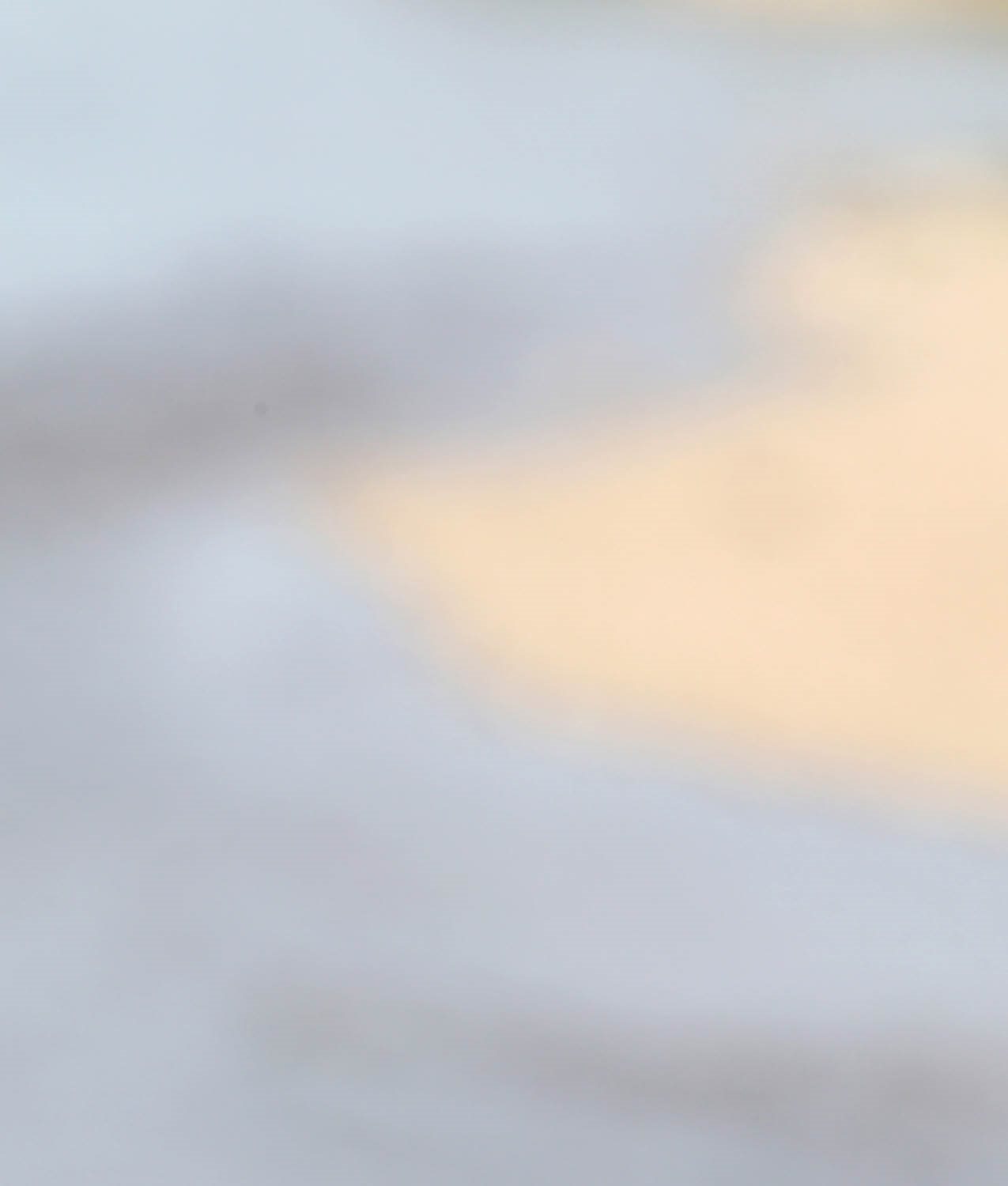
Birds do not have a real nose , but they do have two holes , or nostrils , just above their beak . Can you find a nostril on this young bald eagle ? Most birds breathe through their nostrils . Some birds can smell very well , others not so well .
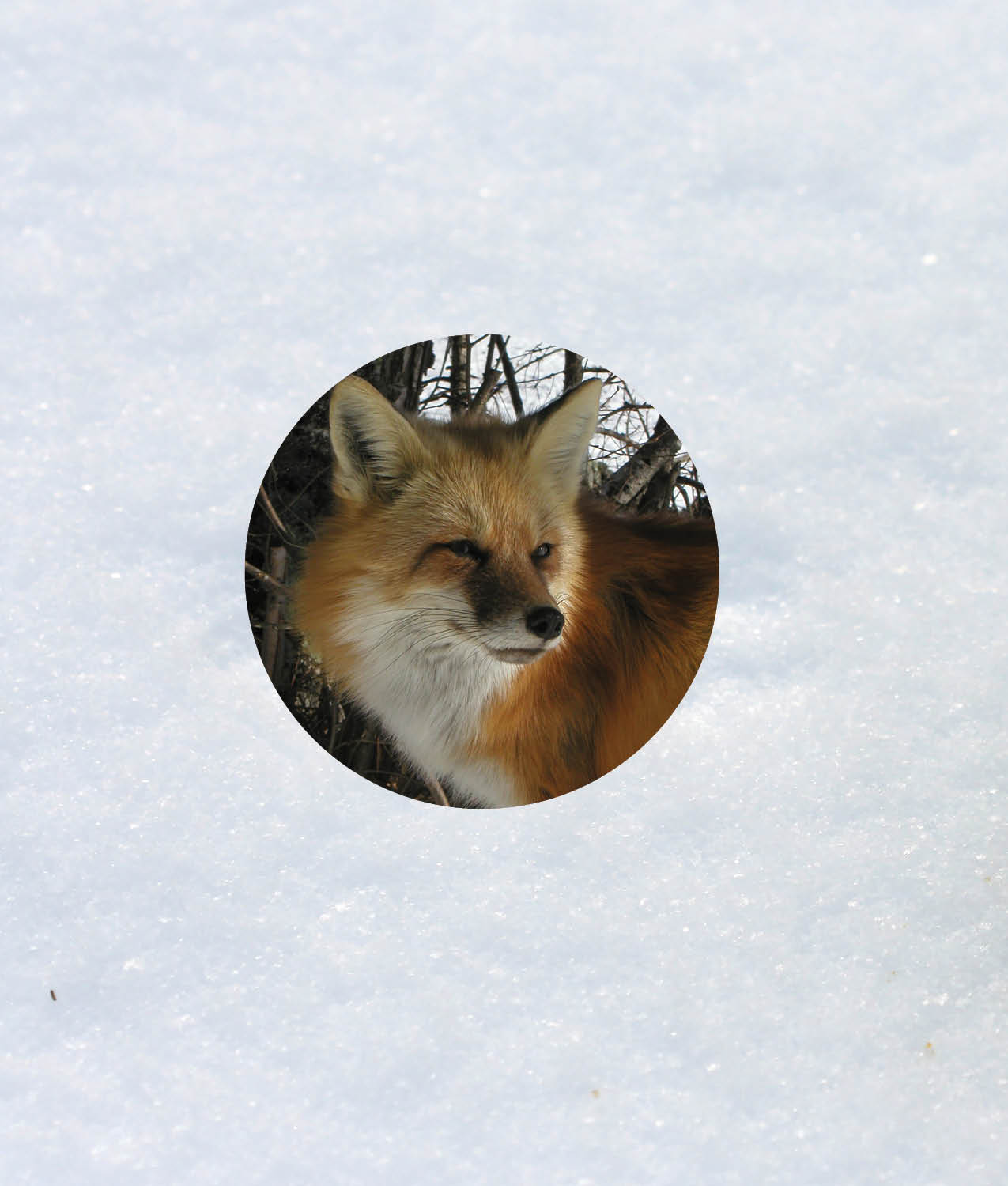
Many animals leave messages for each other by rubbing their scent on a tree or rock , or peeing and pooping in special spots . An animal's scent contains a lot of information .
When another animal of the same kind comes along , it uses its nose to smell the scent and learn who lives there , how old they are , if they are big and strong , if they're looking for a mate , and lots more .
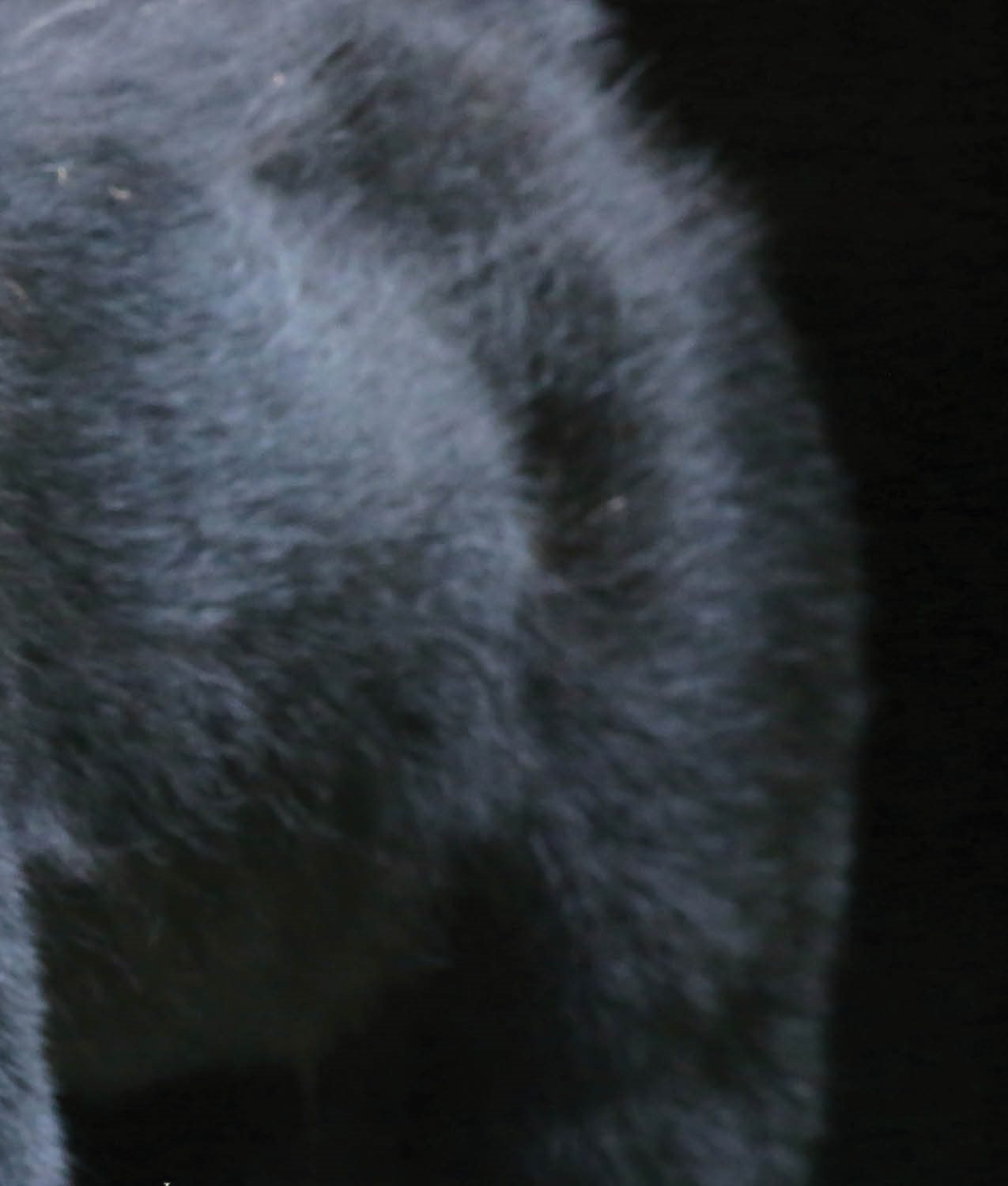
Bears depend on their noses to find a mate and to find food . They rub their backs against trees and leave their scent so that other bears can smell the trees and know who has been there . Black bears can smell food that is several miles away . Grizzly bears can find food under water , and polar bears can smell a seal through three feet ( m ) of ice .

Opossums cannot see or hear very well , but they can smell food from far away . Opossums are not fussy about what they eat . They use their noses to find insects , worms , snakes , frogs , birds , bird eggs , fruits and mice . Even garbage smells good to an opossum .

White-tailed deer use their noses to find food and to smell predators that might want to eat them . Part of the reason why deer can smell so well is that they keep their noses wet by licking them . Scents stick to wet noses better than dry ones .
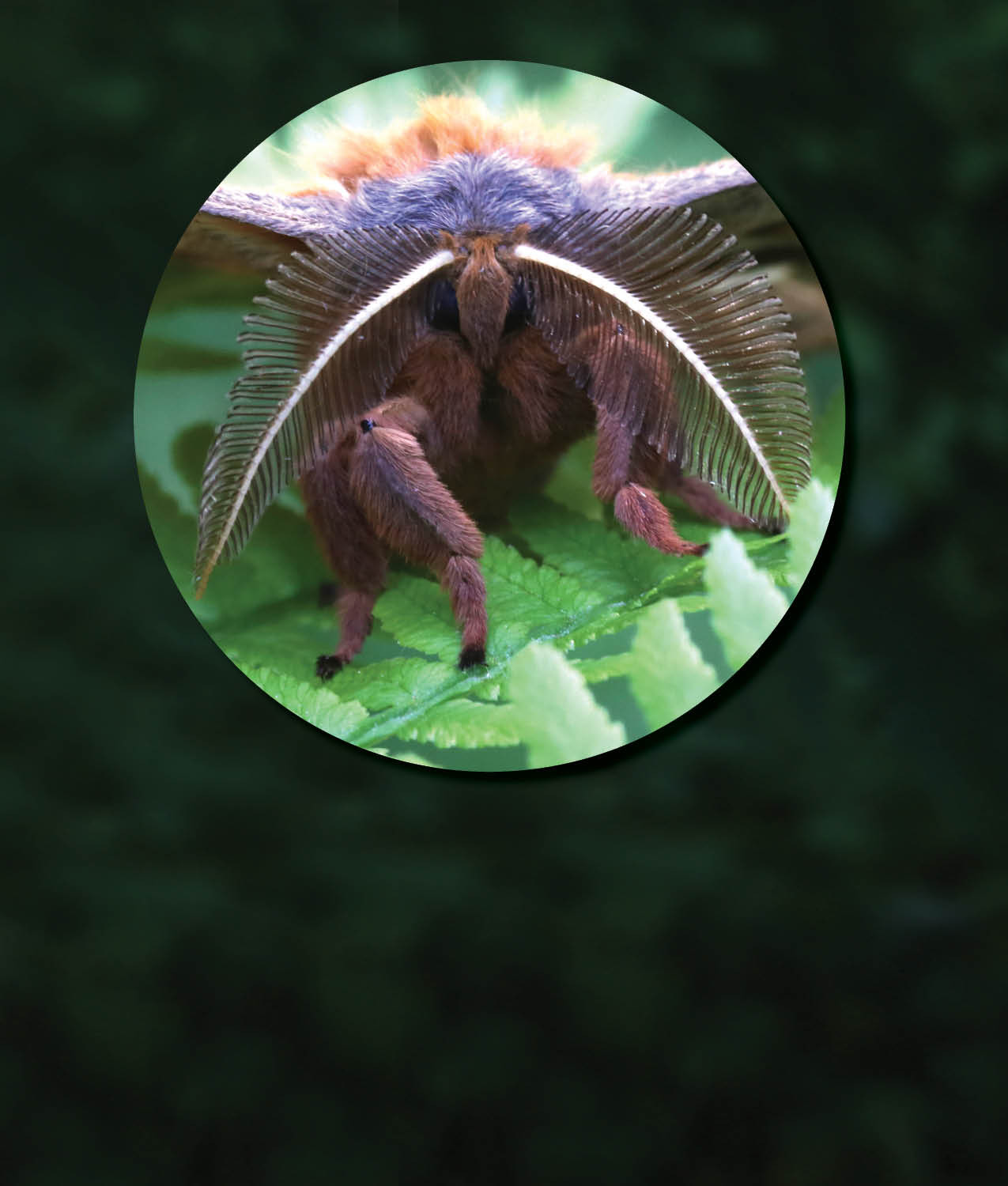
Insects don't really have noses . They breathe through tiny holes ( spiracles ) in their body , and they smell with their antennae . Male moths use their big , feathery antennae to find female moths that are sometimes very far away .
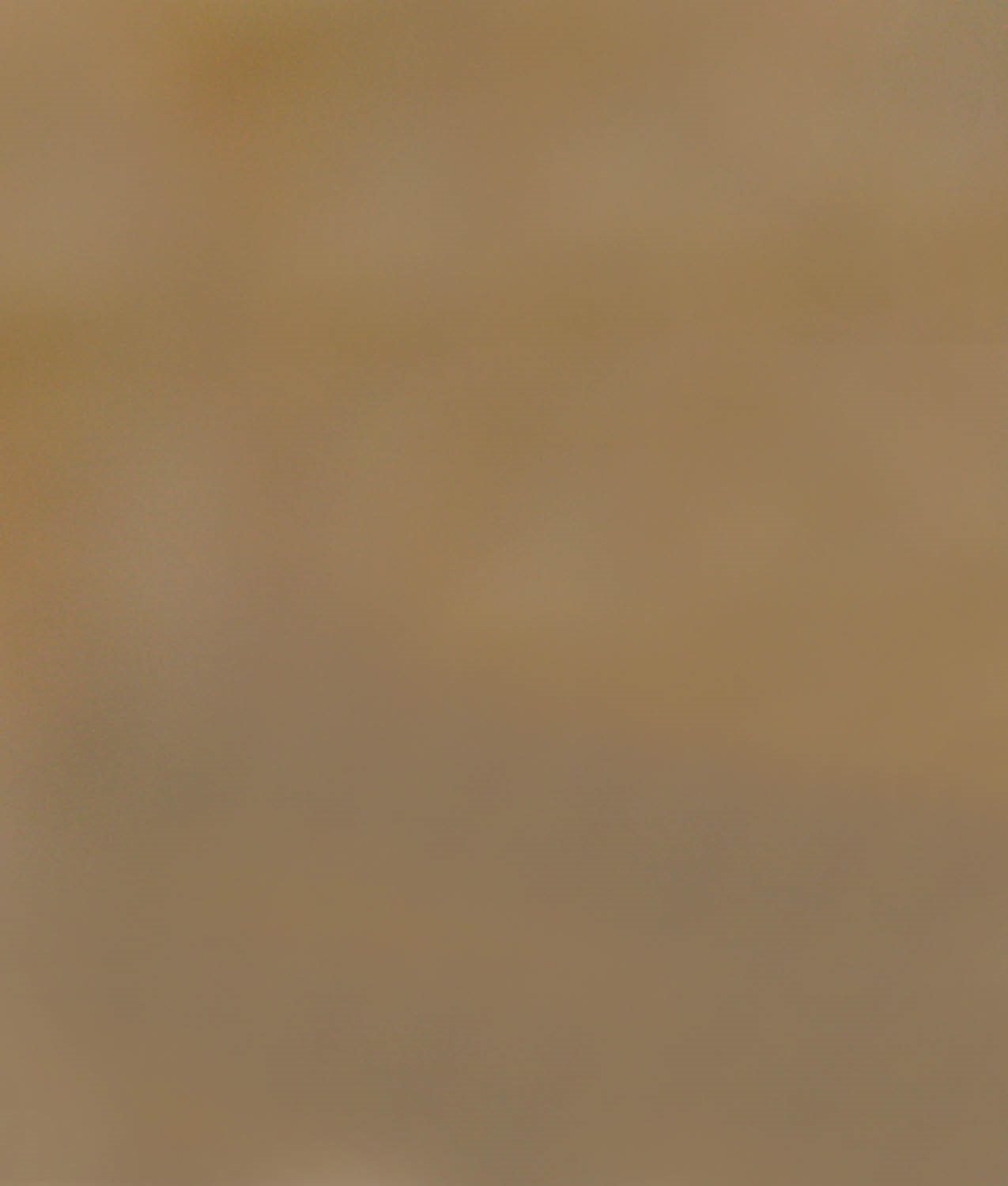
Most snakes can smell better than they can see or hear , but they don't smell with their noses instead they use their tongues and mouths . When you see a snake flicking its forked tongue in and out of its mouth , it is smelling something . The snake collects tiny particles on its tongue and then puts its tongue into two pockets in the roof of its mouth ( Jacobson's organ ). Then it knows what its tongue has gathered .
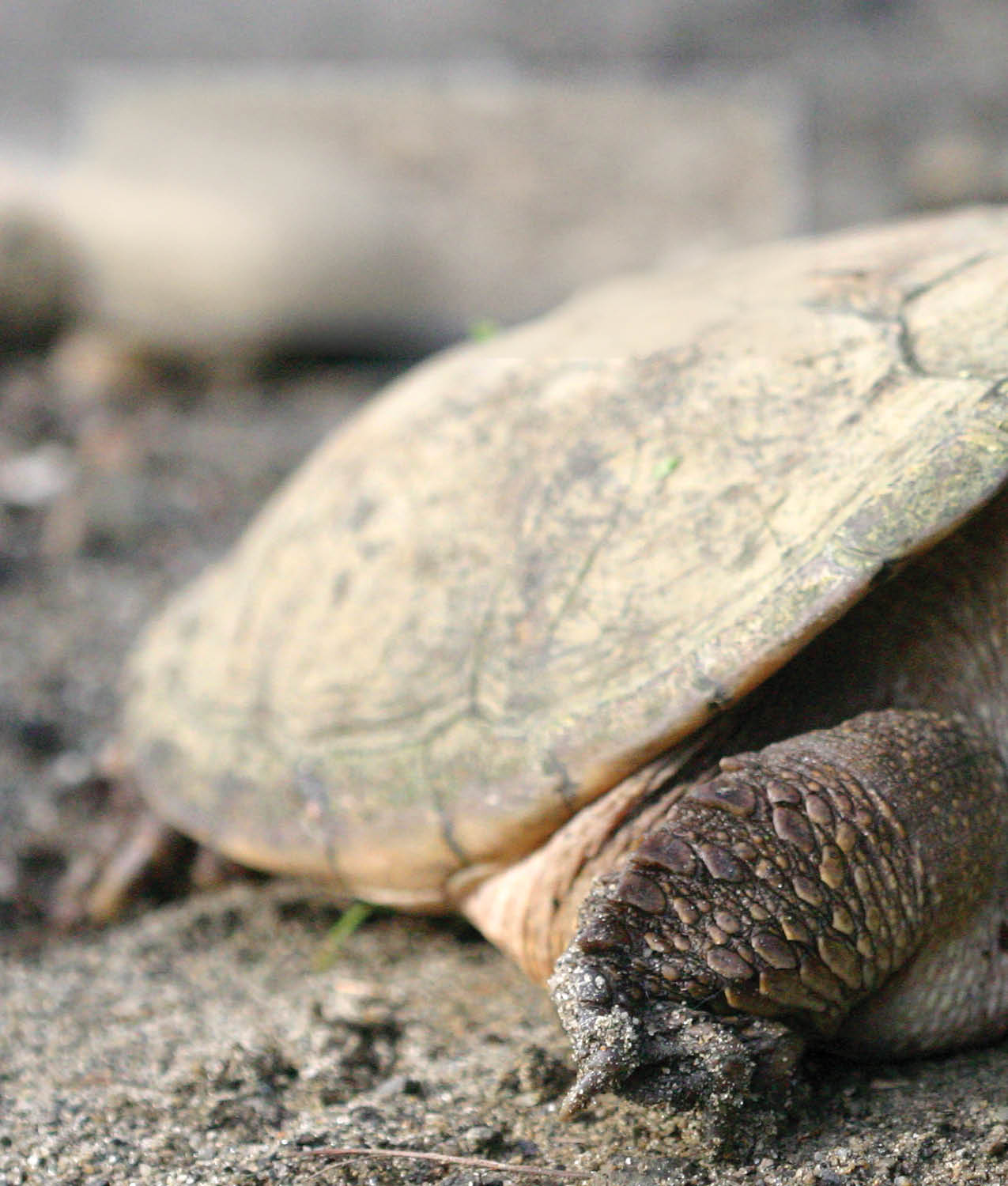
Turtles can smell when they are on land and when they are under water . Like snakes , some turtles have a Jacobson's organ which they use to smell .
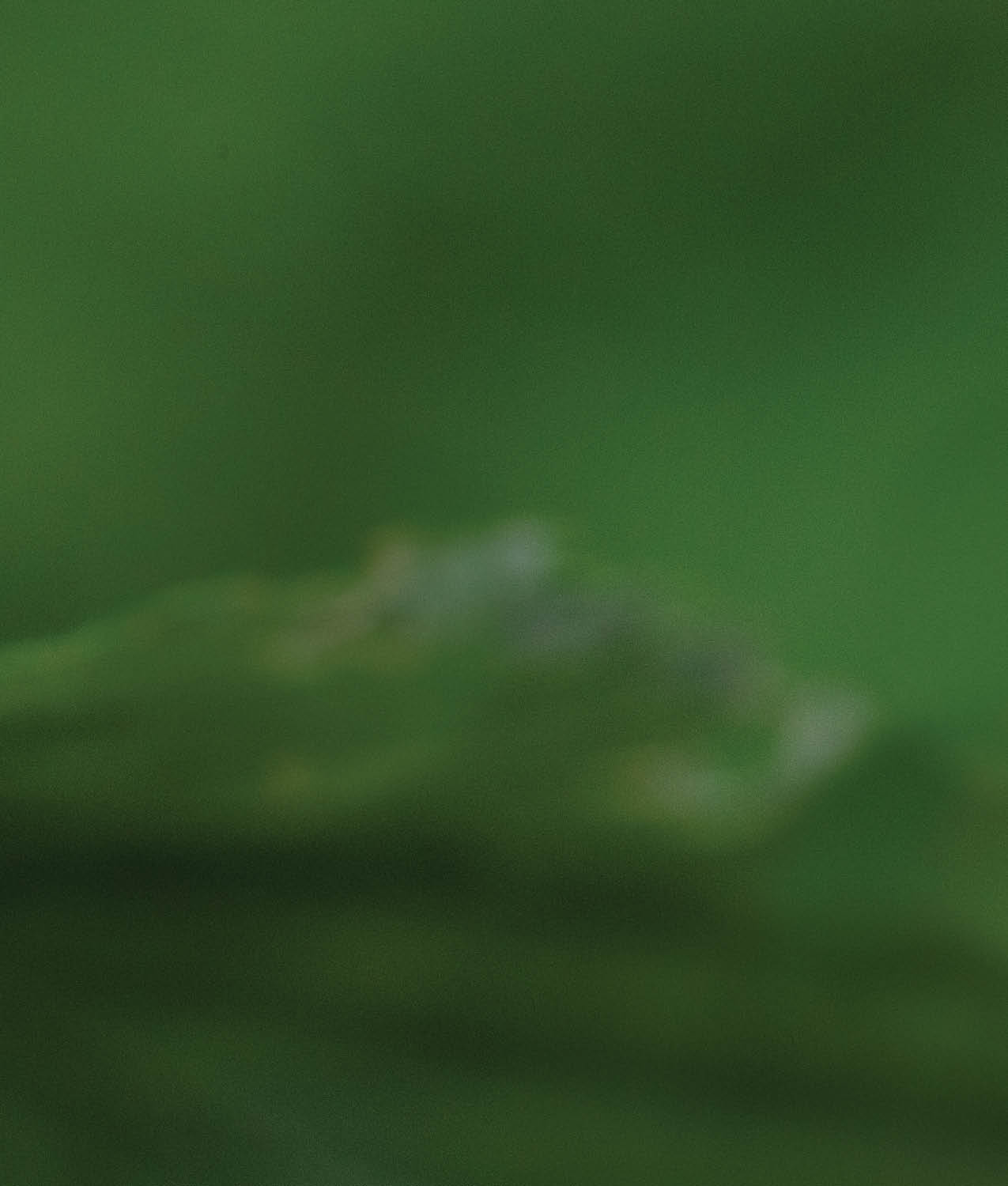
Frogs use their noses and sense of smell to find mates , to find prey , to keep away from predators , and to find their way home . Frogs breathe through their noses , but they also breathe through their skin and the inside of their mouth . In order to breathe through their skin , frogs must keep their skin wet .

Some animals have very special noses . A beaver has flaps , or valves , in its nose that act like nose clips . When it dives under water , the flaps close , keeping water out of its nose and allowing the beaver to dive deeper and stay under water longer .



